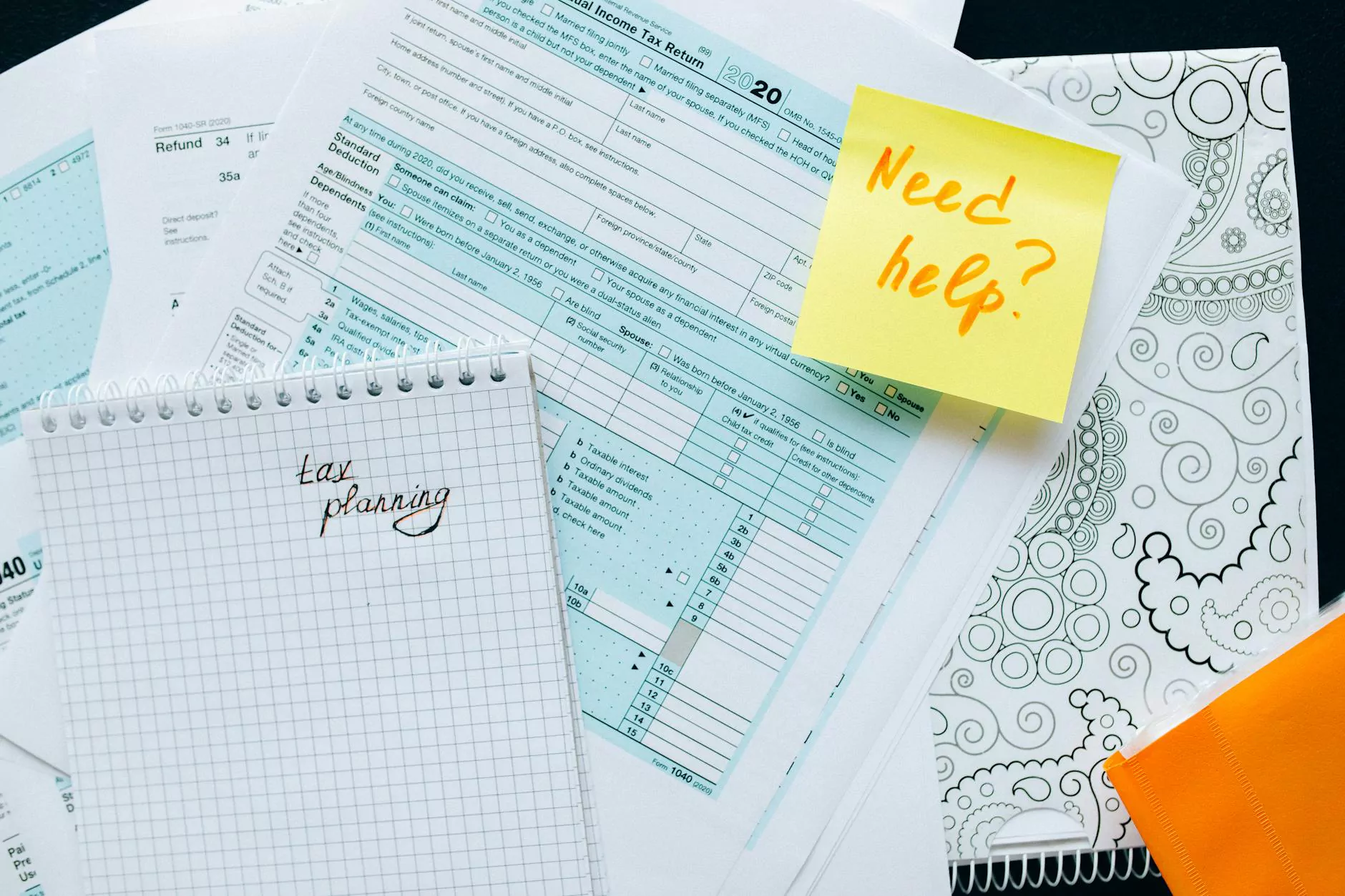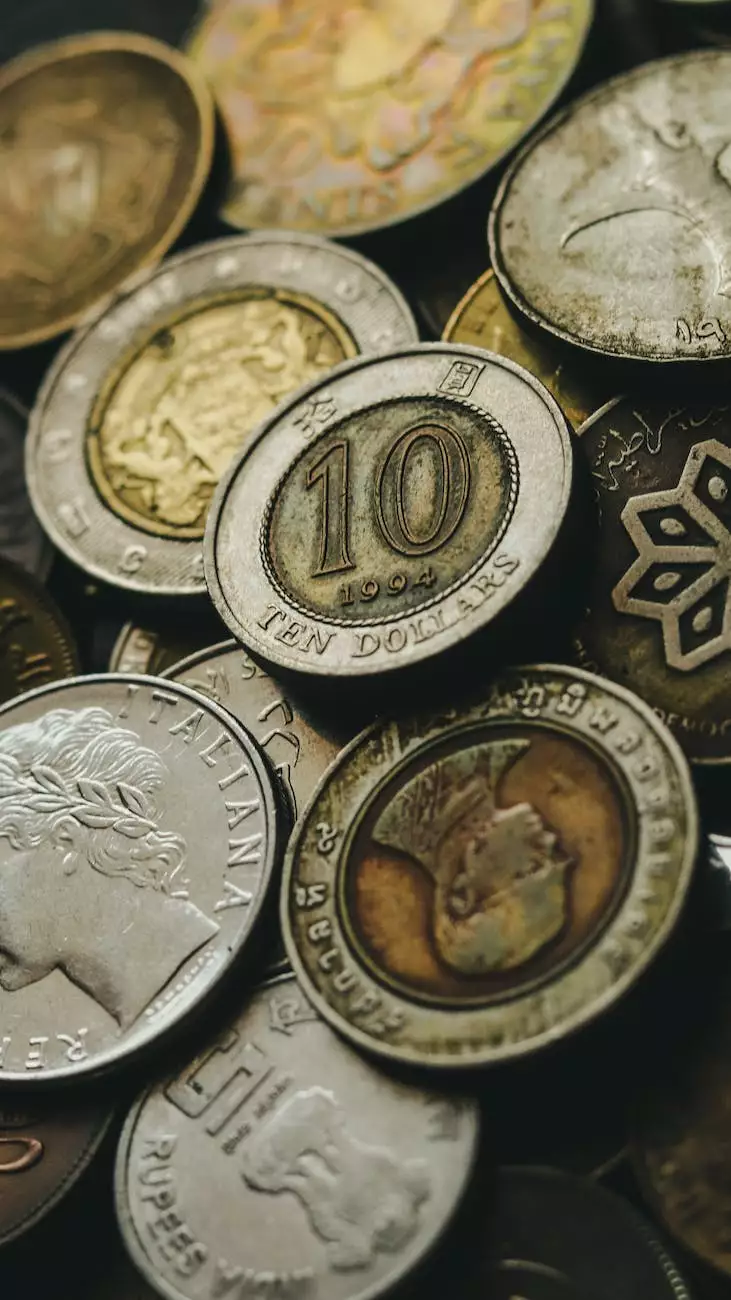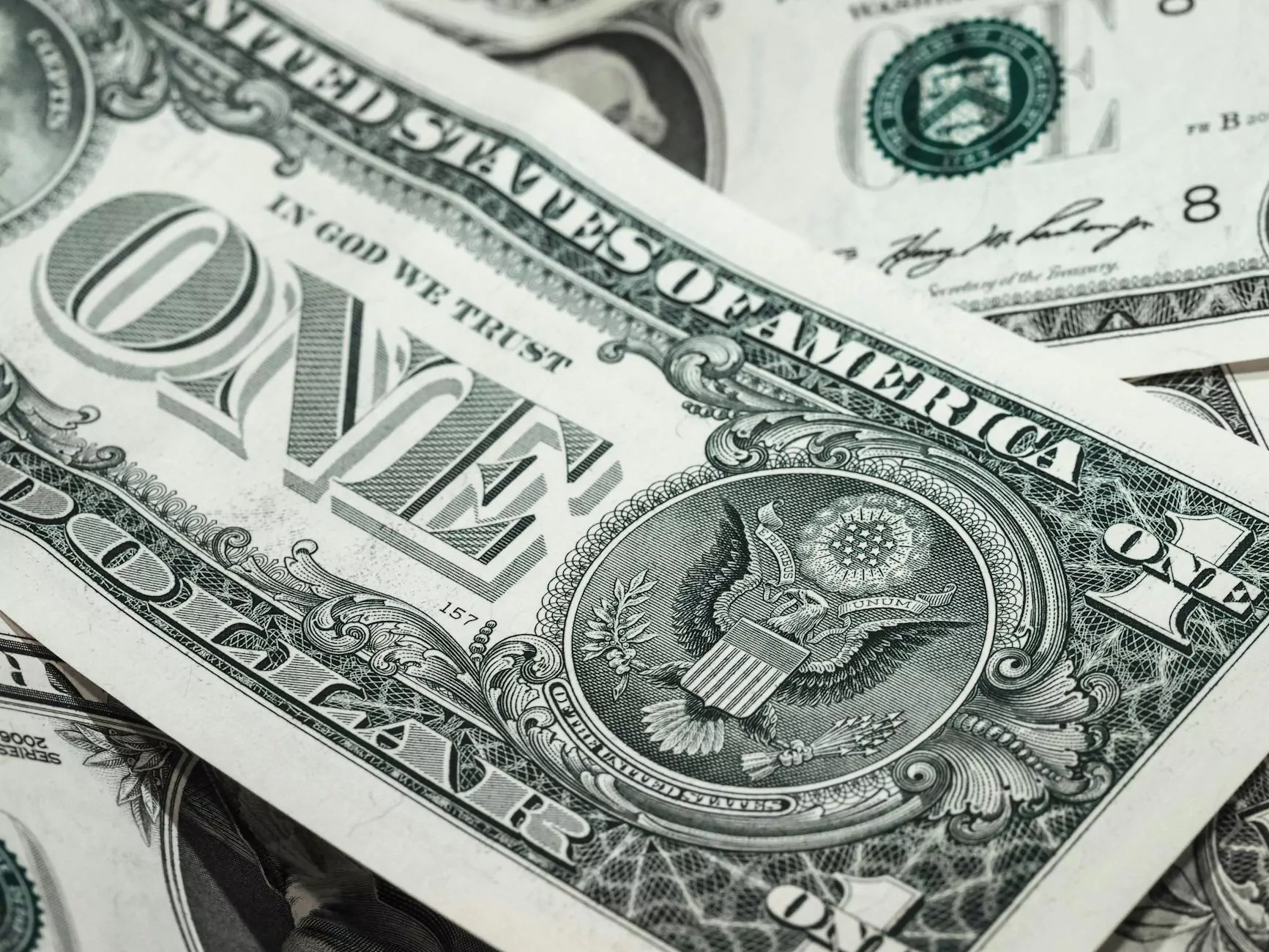How to Create and Organize Your Personal Financial Information Binder

The Importance of a Personal Financial Information Binder
Welcome to I Am Future Proof, your trusted source for comprehensive guidance in the finance and insurance sector. In this blog post, we will discuss the importance of creating and organizing your personal financial information binder. By doing so, you can ensure the security and easy access to your important documents, providing peace of mind and preparedness for any financial situation.
Why Should You Create a Personal Financial Information Binder?
Creating a personal financial information binder is a crucial step towards maintaining control over your financial affairs. It allows you to have all your important documents, such as bank statements, insurance policies, wills, and tax documents, in a single, organized location. This not only helps you stay on top of your finances but also simplifies the process for your loved ones in the event of an emergency or when you need to access these documents quickly.
Step-by-Step Guide to Creating Your Personal Financial Information Binder
Step 1: Gather All Your Documents
The first step in creating your personal financial information binder is to gather all relevant documents. This includes bank statements, investment account information, insurance policies, mortgage documents, tax returns, wills, birth certificates, and any other financial records that are essential for your financial well-being. Take the time to search through your files and collect everything in one place.
Step 2: Categorize and Sort the Documents
Once you have gathered all your documents, the next step is to categorize and sort them. Create separate sections or tabs within your binder for different types of documents. For example, you can have sections for banking, insurance, investments, taxes, and legal documents. This organization will make it easier to locate specific information when needed.
Step 3: Create an Inventory List
To further enhance the organization of your personal financial information binder, create an inventory list. This list should include a summary of all the documents you have, along with relevant details such as account numbers, contact information for financial institutions or advisors, and any applicable dates or expiry information. Updating this inventory list regularly will ensure you have an up-to-date record of all your financial information.
Step 4: Secure Your Binder
Security is paramount when it comes to your personal financial information. Make sure to store your binder in a secure location, such as a fireproof safe or a locked drawer or cabinet. Additionally, consider keeping a digital copy of your binder on a secure, password-protected device or cloud storage service for extra protection against physical damage or loss.
Step 5: Review and Update Regularly
Your personal financial information binder is not a one-time project. It requires regular review and updates. Set aside dedicated time, perhaps annually or biannually, to go through your documents, remove any outdated information, and add new records as necessary. Keeping your binder up to date will ensure its effectiveness in assisting you and your loved ones during critical financial moments.
Conclusion
Creating and organizing a personal financial information binder is a small investment of time that can yield significant benefits in the long run. By having all your important financial documents in one place, accurately categorized and secured, you can easily access the information you need and provide peace of mind for yourself and your loved ones. Follow the step-by-step guide provided by I Am Future Proof to create your own personal financial information binder today and take control of your financial future.










